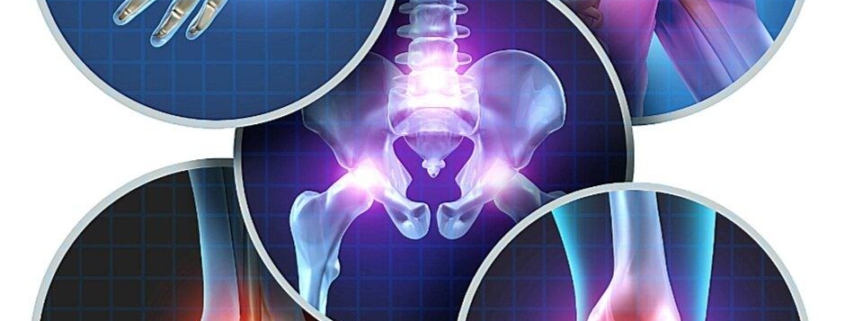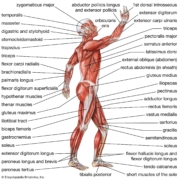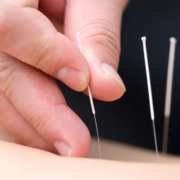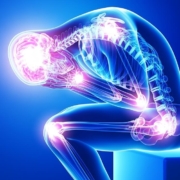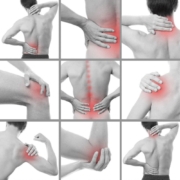Moving Through the Pain: Exercise Tips for Joint Health
Joint pain can make everyday activities a struggle. Whether it’s a nagging ache in your knee or stiffness in your hip, healthy joints are crucial for staying active and enjoying life. This article will explore how exercise, done correctly, can actually help manage and even prevent joint pain, improving your overall musculoskeletal health.
Why exercise Matters for Your Joints
Movement might seem counterintuitive when your joints hurt, but appropriate exercise is essential for maintaining joint health. Think of your joints like well-oiled hinges. Movement keeps them lubricated, strengthens teh surrounding muscles, and improves adaptability. Strong muscles act like shock absorbers, reducing stress on your joints. Regular exercise can also help manage weight,which further lessens joint strain.
Types of Exercise for Healthy Joints
Different types of exercise offer unique benefits for your joints:
Low-Impact aerobic Exercise: These activities are gentle on your joints while getting your heart pumping.
Walking: Start wiht short walks and gradually increase the distance and duration.
Swimming: The buoyancy of water supports your body, minimizing stress on your joints.
Cycling: Whether outdoors or on a stationary bike, cycling is a great way too build strength and endurance.
Elliptical Training: This machine provides a smooth, low-impact workout.
Strength Training: Strong muscles support your joints. Aim for two to three sessions per week, targeting all major muscle groups.
Bodyweight Exercises: Squats, lunges, and push-ups can be done anywhere.
Resistance Bands: These provide variable resistance for a challenging workout.
Weight Machines: Offer controlled movements and are ideal for beginners.
Free Weights: Dumbbells and barbells allow for a wider range of motion.
Flexibility and Range of Motion Exercises: These exercises help maintain joint mobility and prevent stiffness.
Stretching: Hold each stretch for 20-30 seconds, focusing on major muscle groups.
Yoga: Combines stretching, strength building, and balance exercises.
Tai Chi: Gentle, flowing movements improve balance and coordination.
Preventing Joint Pain through Exercise
Here are some key strategies to keep your joints healthy and pain-free:
Warm-up Before Exercise: Prepare your muscles and joints for activity with 5-10 minutes of light cardio and dynamic stretching, like arm circles and leg swings.
Cool-down After Exercise: Help your body recover with 5-10 minutes of static stretching, holding each stretch for 20-30 seconds.
Listen to Your Body: Pay attention to pain signals.Stop any activity that causes sharp or persistent pain.
Progress Gradually: Don’t try to do too much too soon. Gradually increase the intensity and duration of your workouts.
Maintain Good Posture: Proper posture reduces stress on your joints. Stand tall, sit upright, and avoid slouching.
Choose Supportive Footwear: Wear shoes that provide adequate cushioning and support for your feet and ankles.
Stay Hydrated: Drinking plenty of water helps lubricate your joints and keeps your body functioning optimally.
Maintain a Healthy Weight: Excess weight puts extra strain on your joints. A balanced diet and regular exercise can help you maintain a healthy weight.
Specific Joint Care
knees: Focus on strengthening the quadriceps and hamstrings to support the knee joint. Avoid high-impact activities like running on hard surfaces if you have knee pain.
Hips: Exercises like hip flexor stretches and glute strengthening can improve hip mobility and stability.
* Back: Core strengthening exercises, such as planks and bridges, are crucial for supporting your spine and preventing back pain.
Summary and Additional Resources
Regular exercise is a cornerstone of joint health. By incorporating a combination of low-impact aerobic exercise, strength training, and flexibility exercises, you can strengthen the muscles surrounding your joints, improve flexibility, and reduce pain. Remember to listen to your body, progress gradually, and consult with a healthcare professional or physical therapist if you have any concerns or pre-existing conditions.
For further information, you can explore resources from the Arthritis Foundation and the American academy of Orthopaedic Surgeons. You can also schedule a consultation with one of our specialists at ArthurCare to develop a personalized exercise plan tailored to your specific needs.

